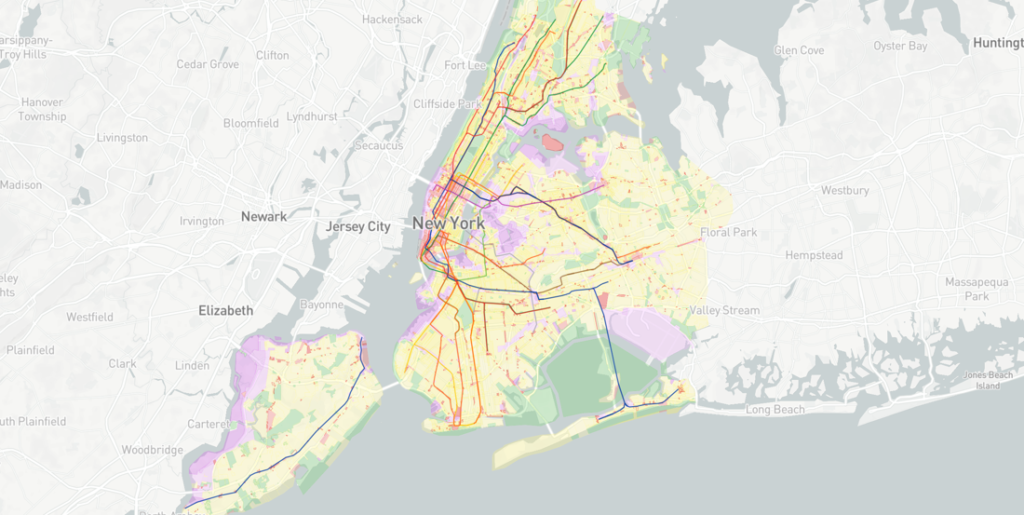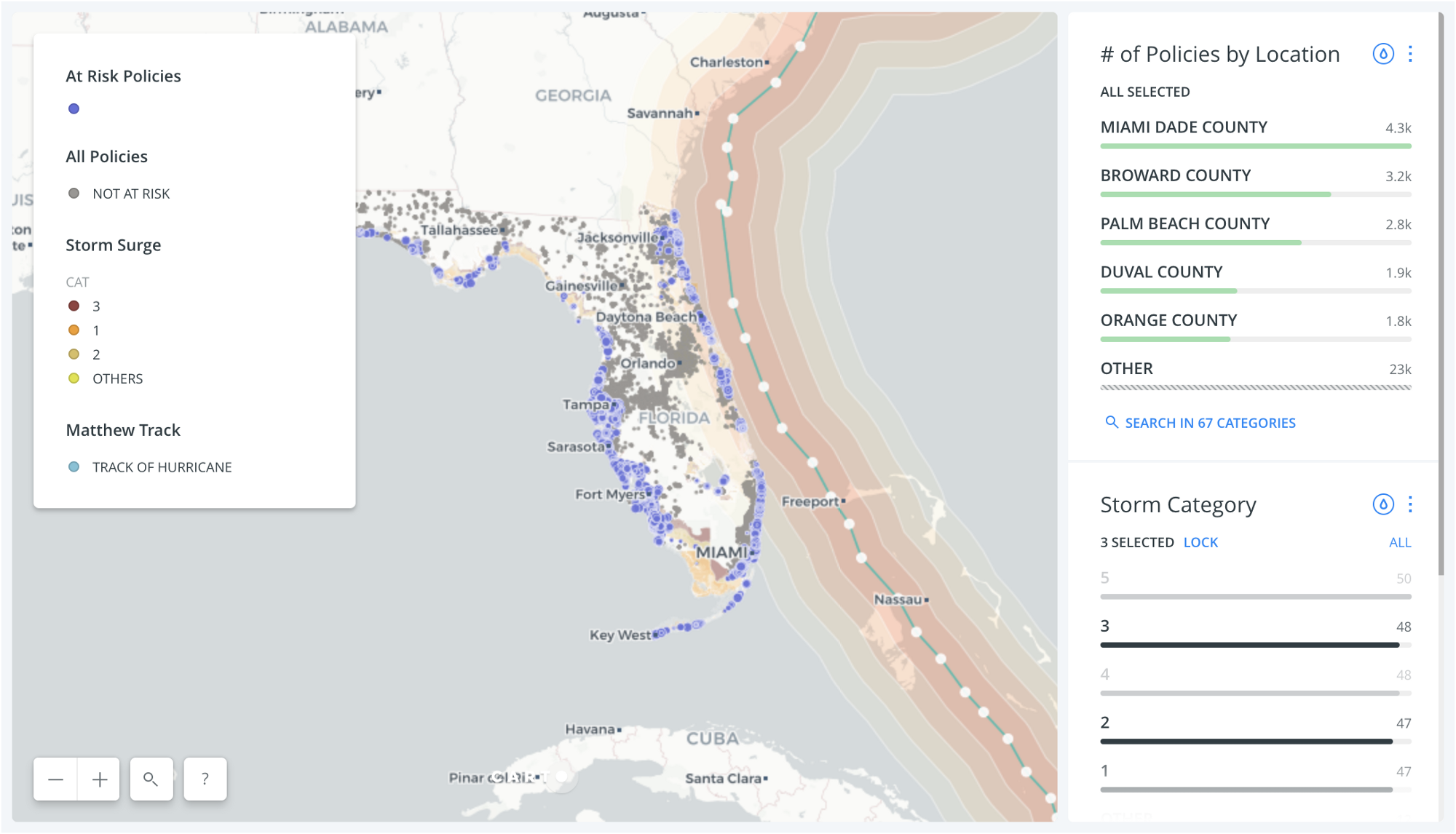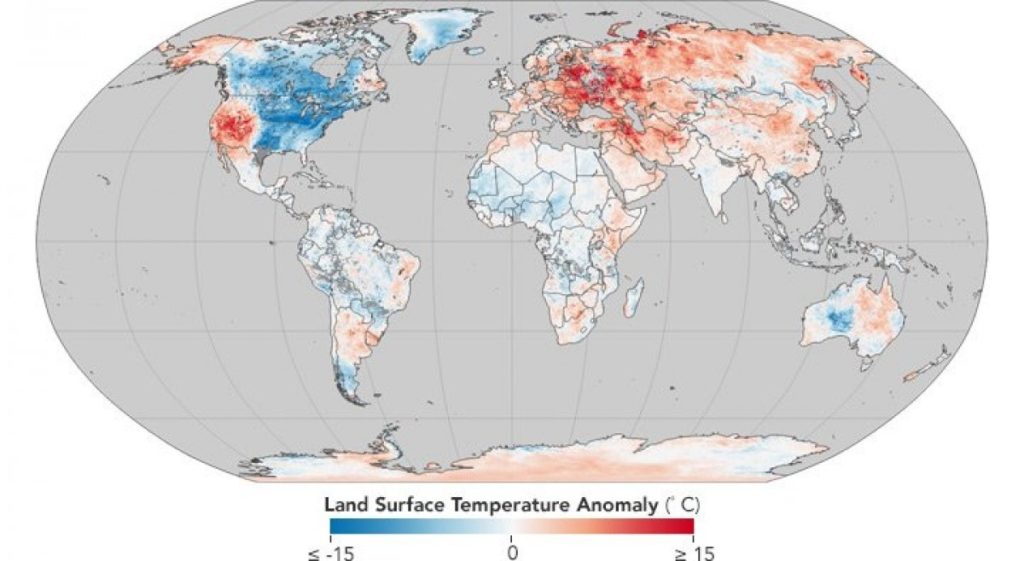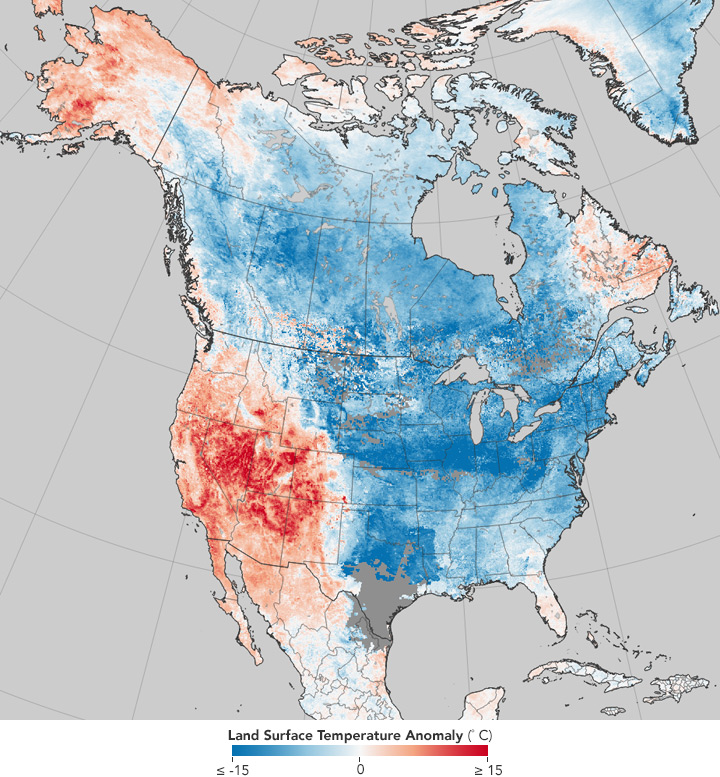
Render map data at video-game speeds with this new CARTO-Mapbox partnership

Two of our favorite GIS technology stacks are joining forces to turbo boost location intelligence, and we couldn’t be more psyched!
In a new partnership aimed to take location analytics mainstream, CARTO and Mapbox are integrating their services with one another. The CARTO platform will now run Mapbox’s maps, search, and navigation APIs and SDKs under the hood as default for all geocoding and routing services (unless, of course, specified otherwise by the user).
In a blog post detailing this alliance, Mapbox explains, “They’re leveraging our geocoding for location search and our routing for analytics like isochrones so customers can understand the impact of location on their businesses.”
Essentially, the modern location technology stack will go beyond visualizing historical geographical information on a 2D map à la legacy GIS. It will be able to process new data streams coming from connected vehicles and millions of devices powered by the Internet of Things, and portray them using an easy-to-use graphical user interface (GUI). So, CARTO users will be able to visualize huge datasets at 60 frames per second – that’s the frame rate goal most video games today aim to achieve!

This CARTO dashboard shows a projected storm track with simulated policyholder data to showing at-risk properties
For Javier de la Torre, Founder and CEO at CARTO, change has been long overdue in the GIS industry. “For the last 15 years the GIS Industry has been defined (and confined) because of a partnership between traditional LBS vendors and specialized software companies catering to an exclusive community of GIS developers and analysts,” he says.
With this coalition, CARTO and Mapbox expect that even non-technical users without a master’s degree in GIS will be able to leverage location intelligence for making forward-looking decisions. They also hope to expand the scope of spatial technology to include those users who were previously unable to incorporate geo data directly into their workflows. For this, they are betting on open data and open source code to make location technologies more flexible and practical. More power to them!






